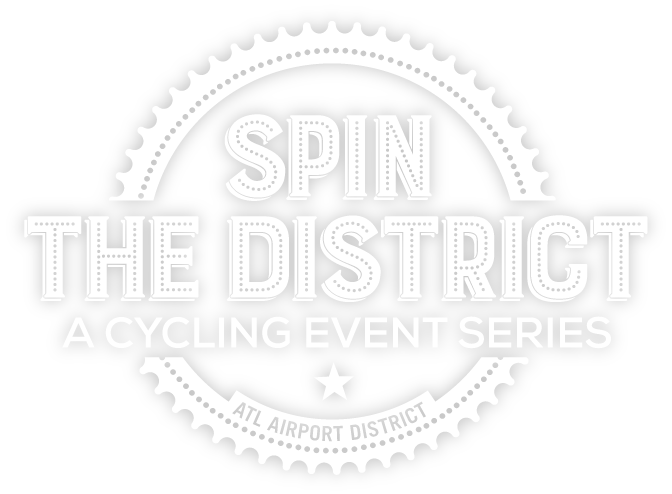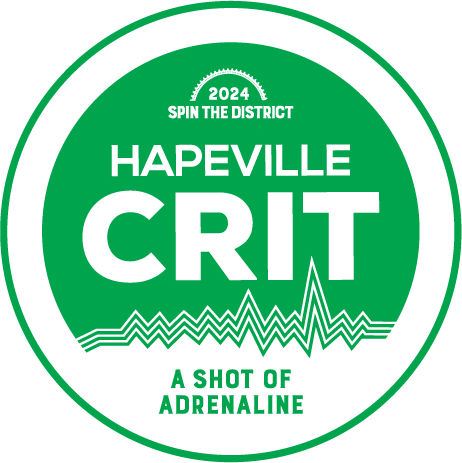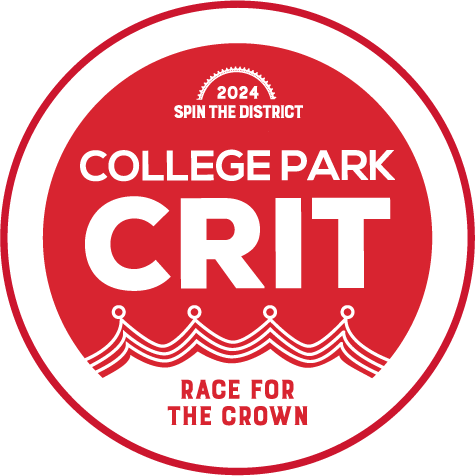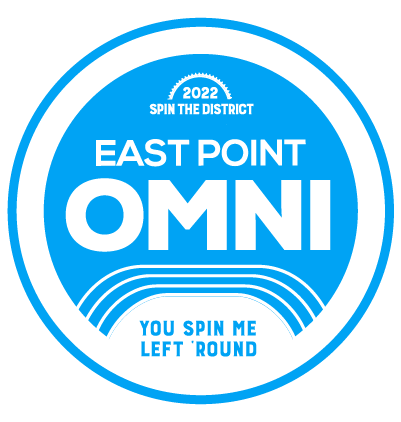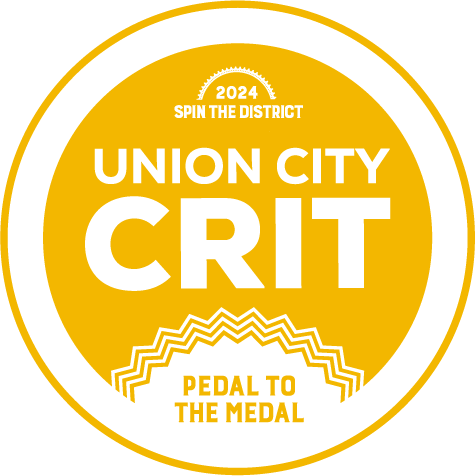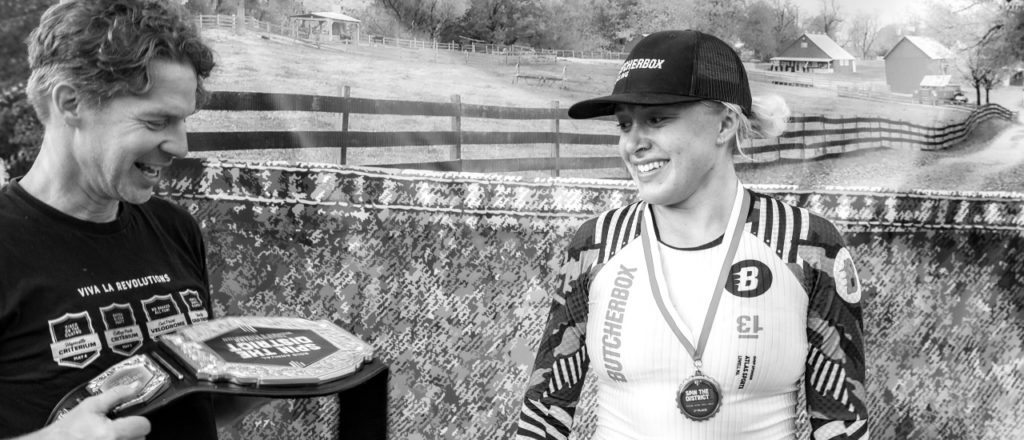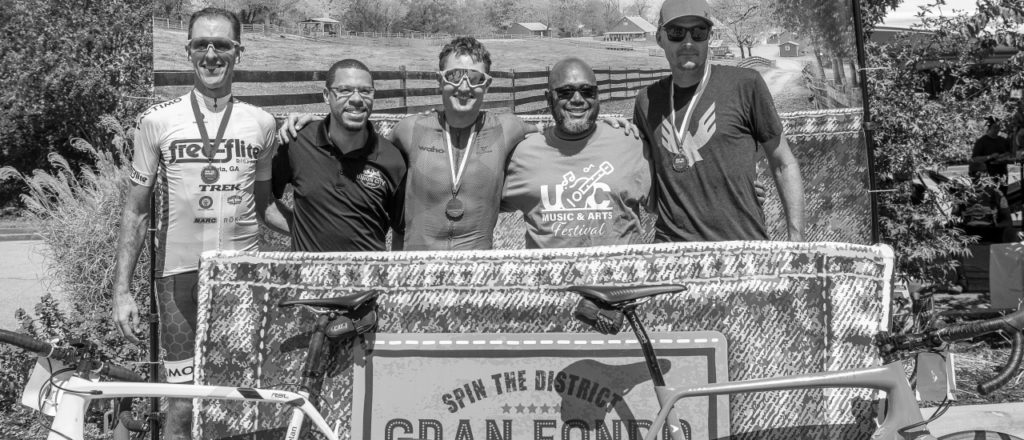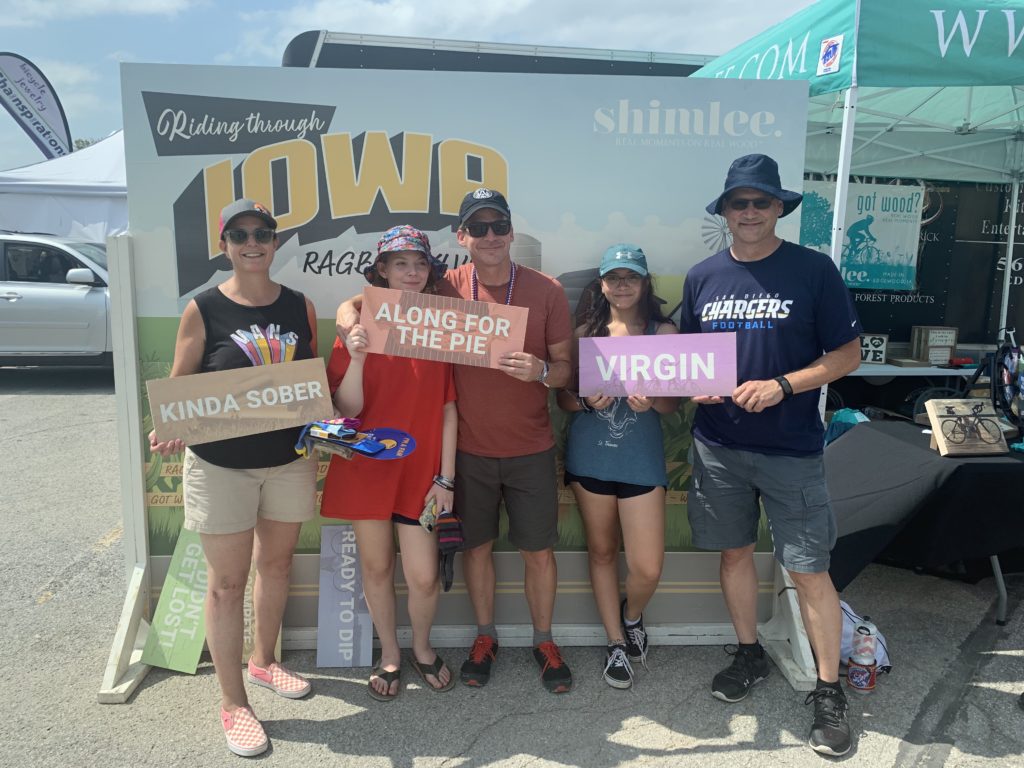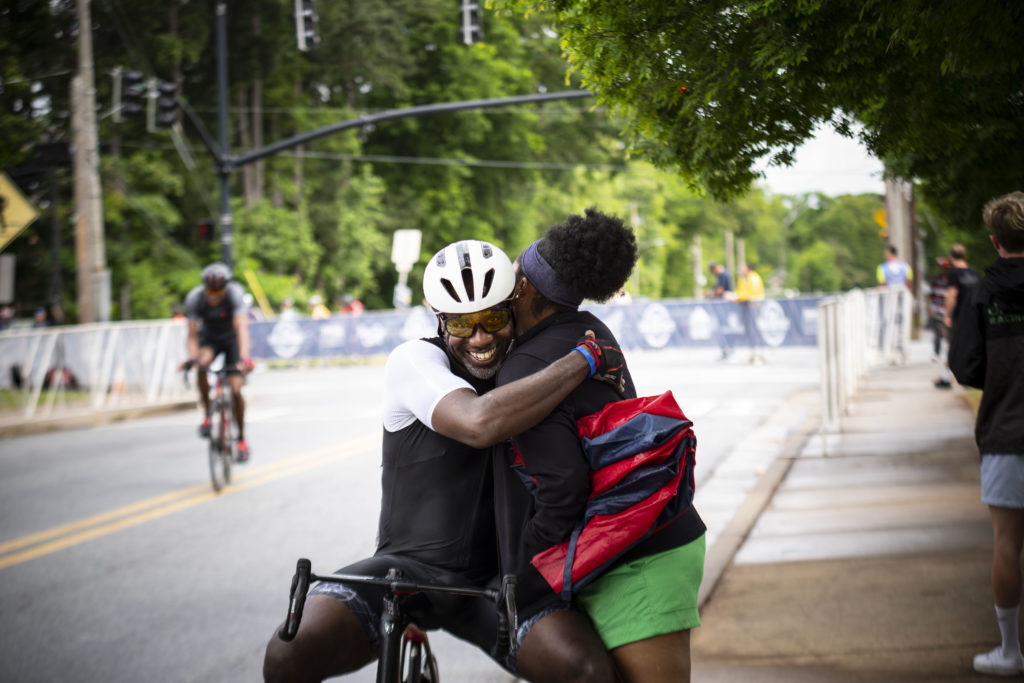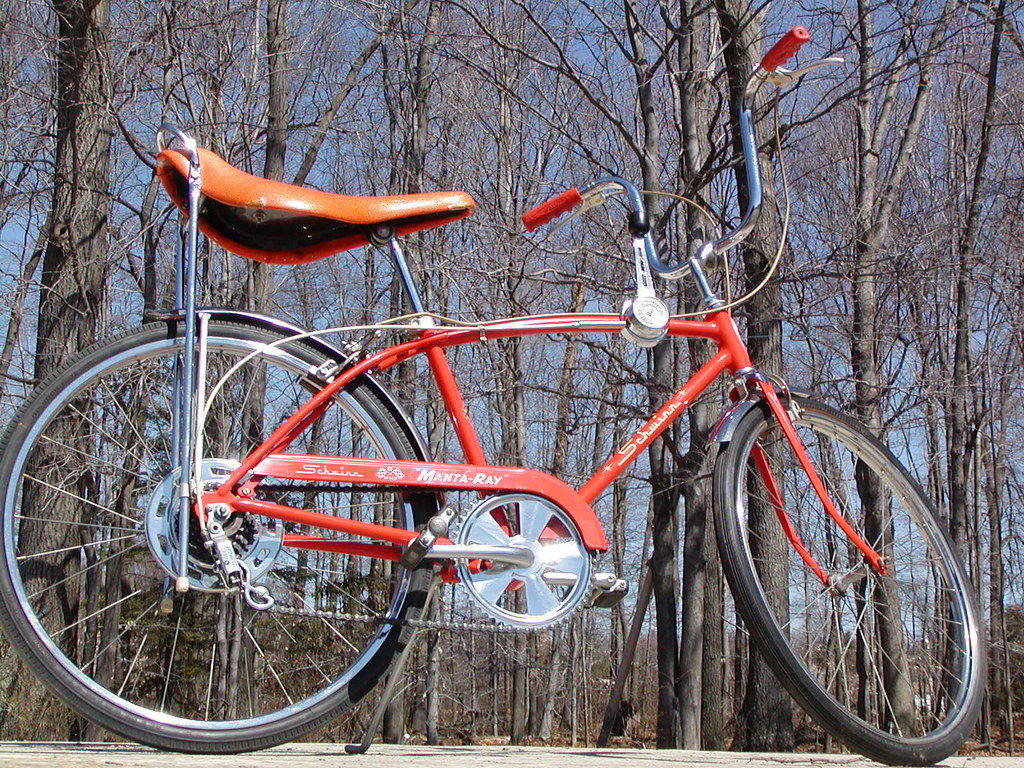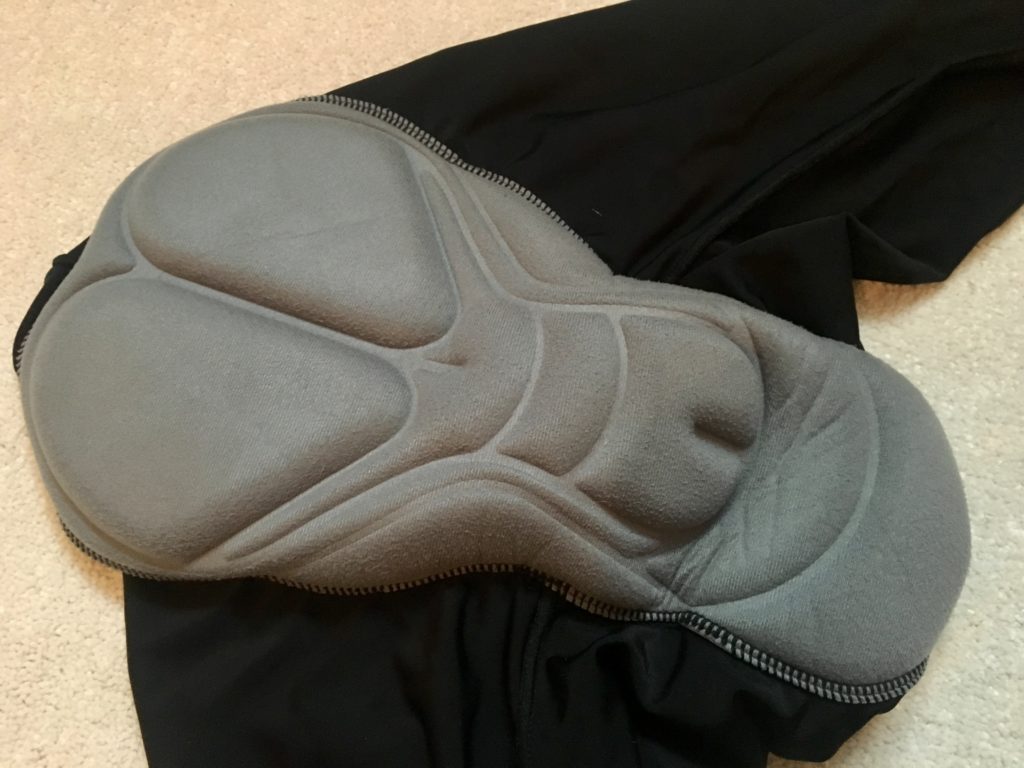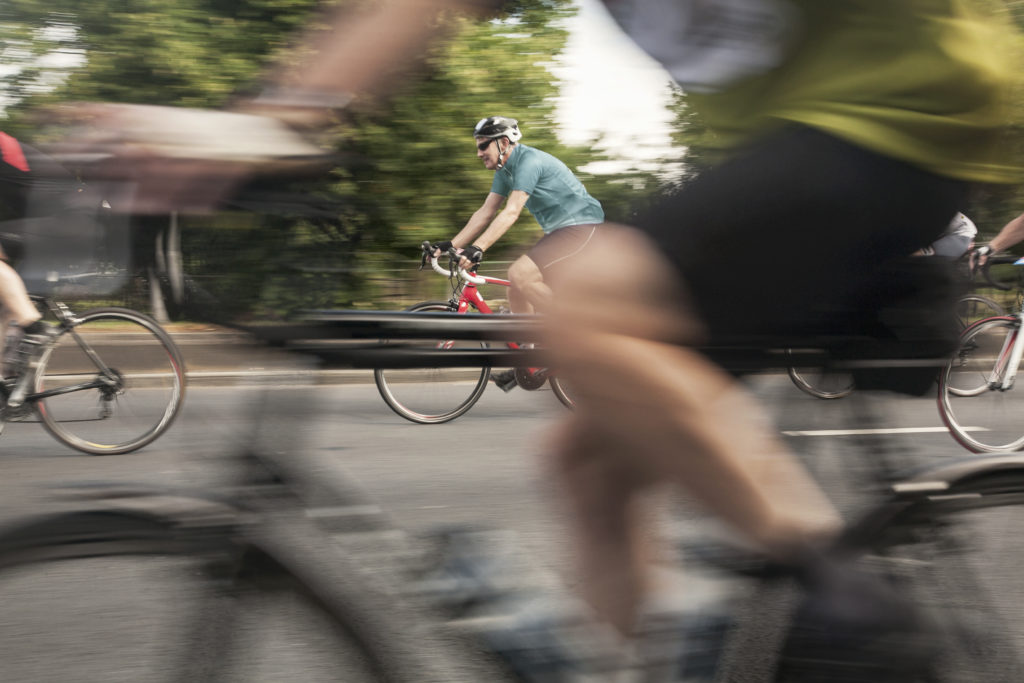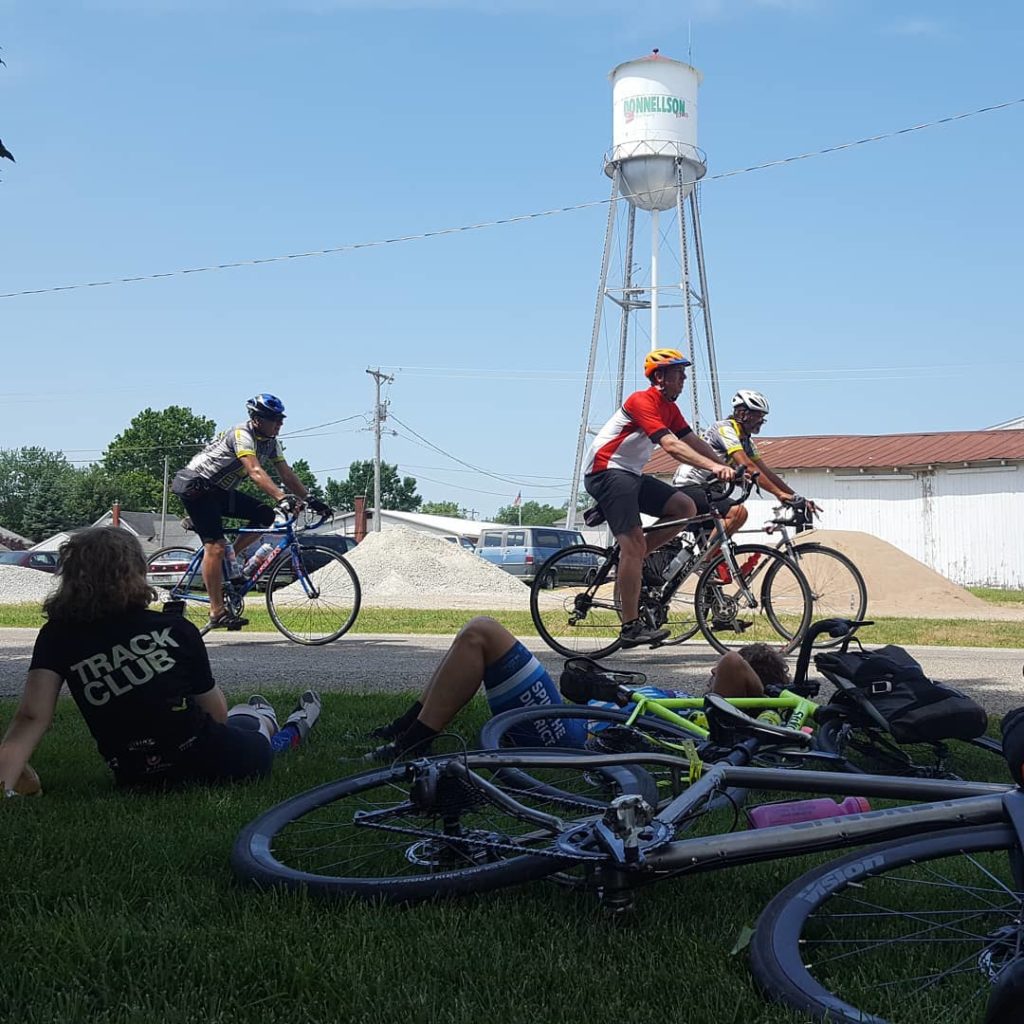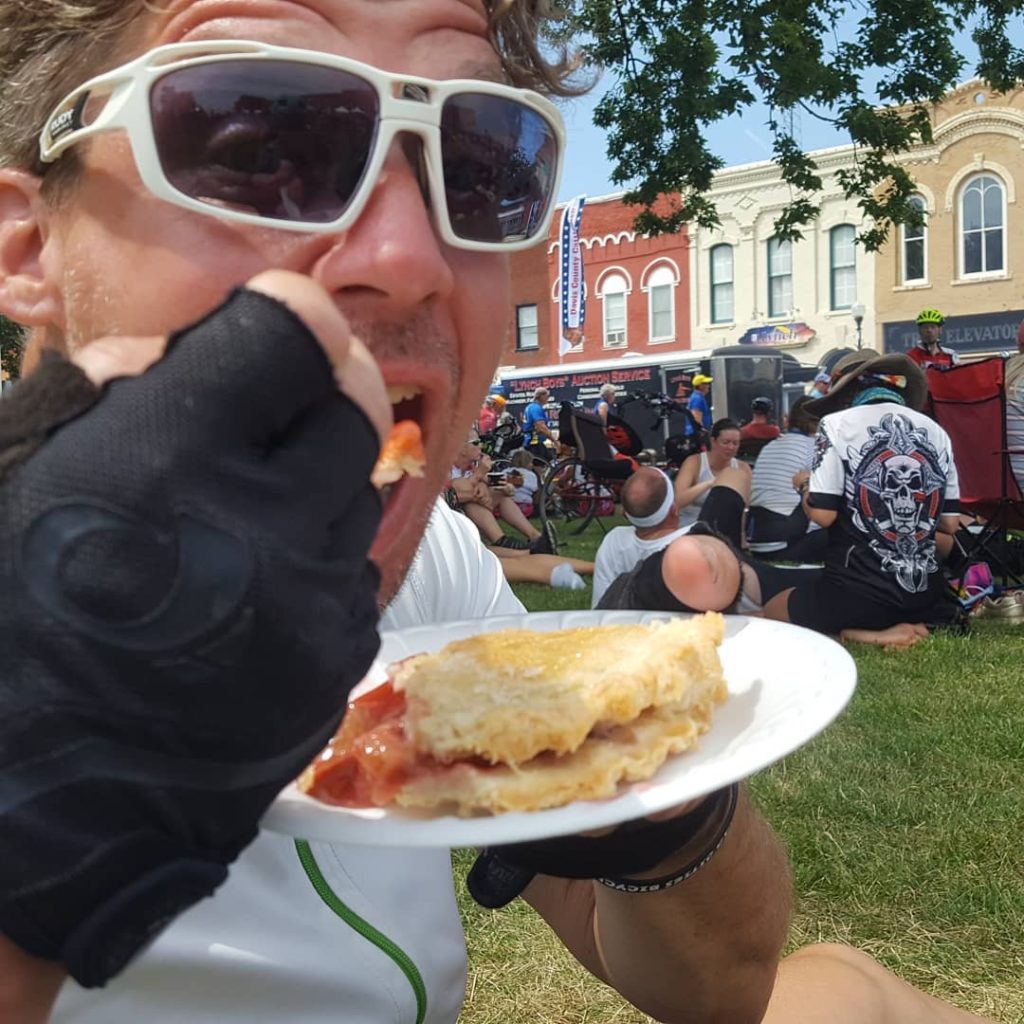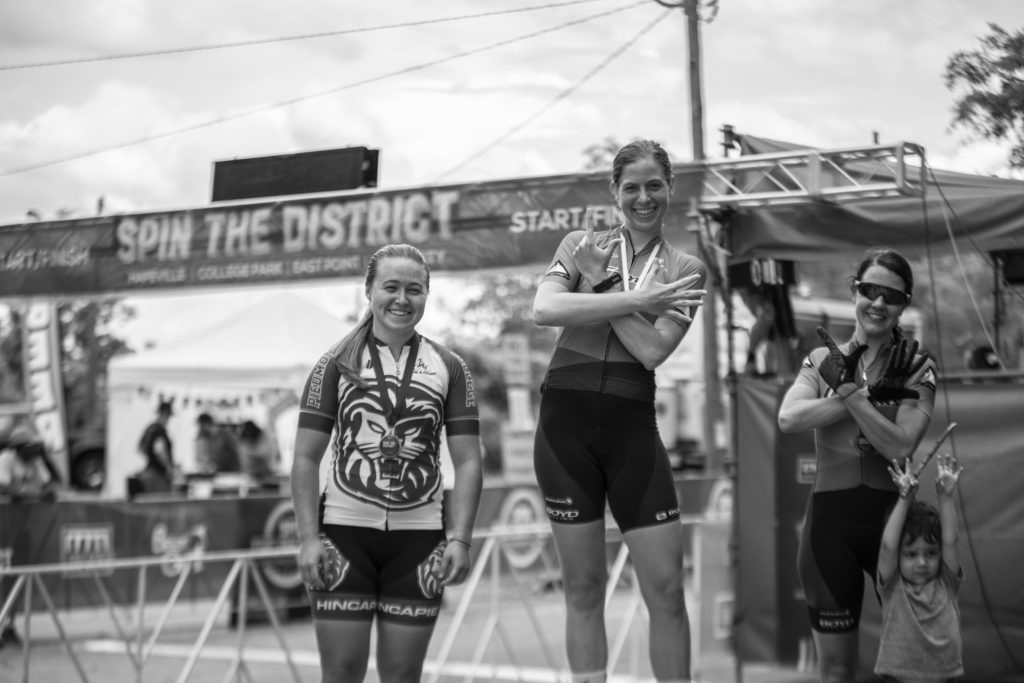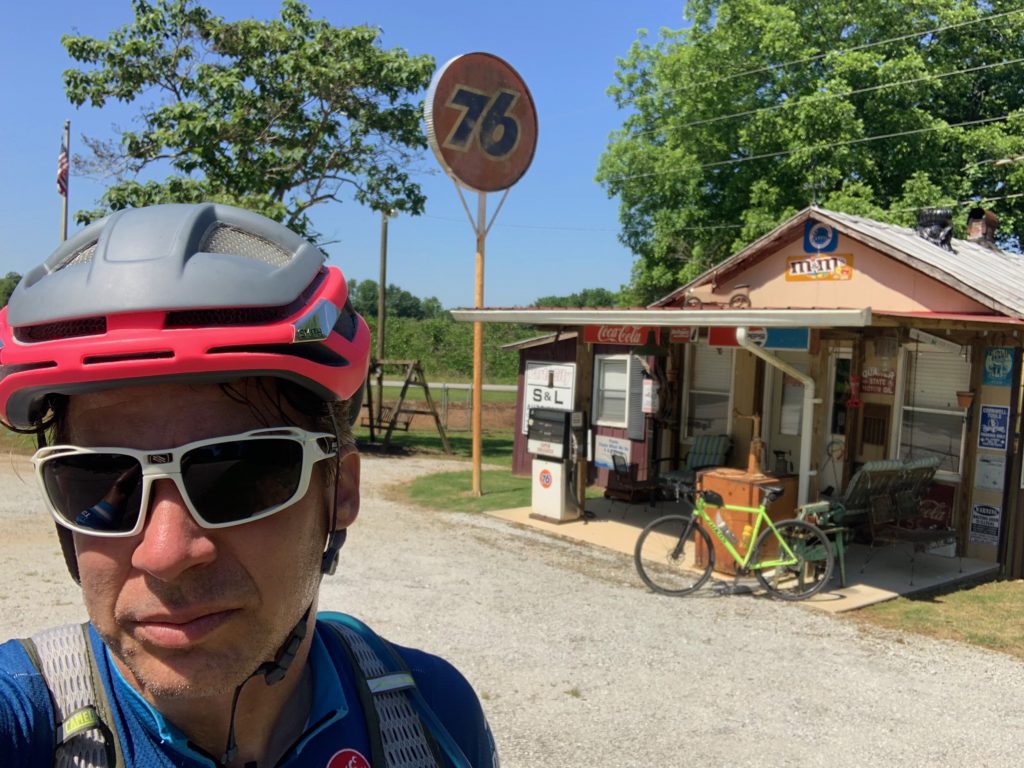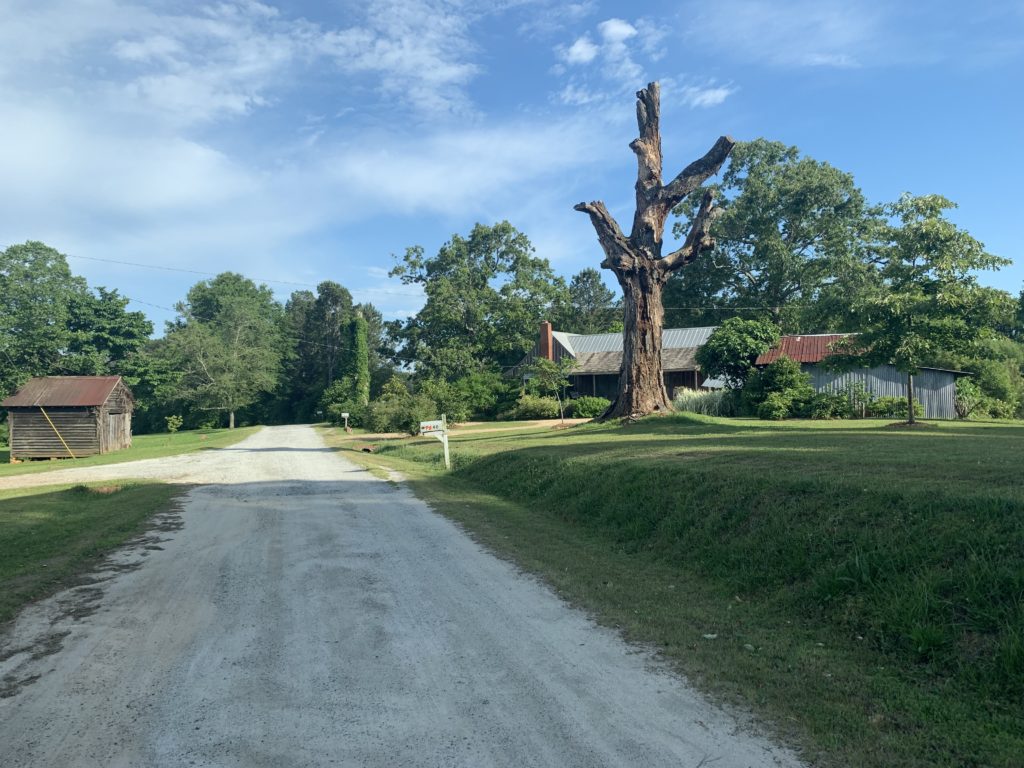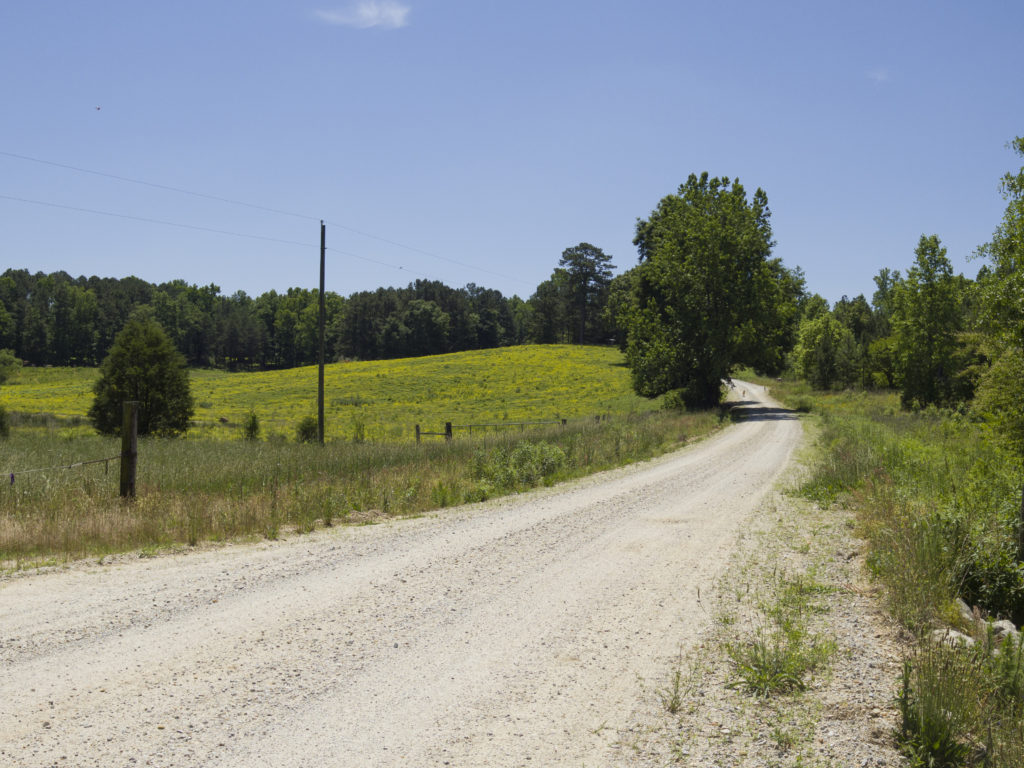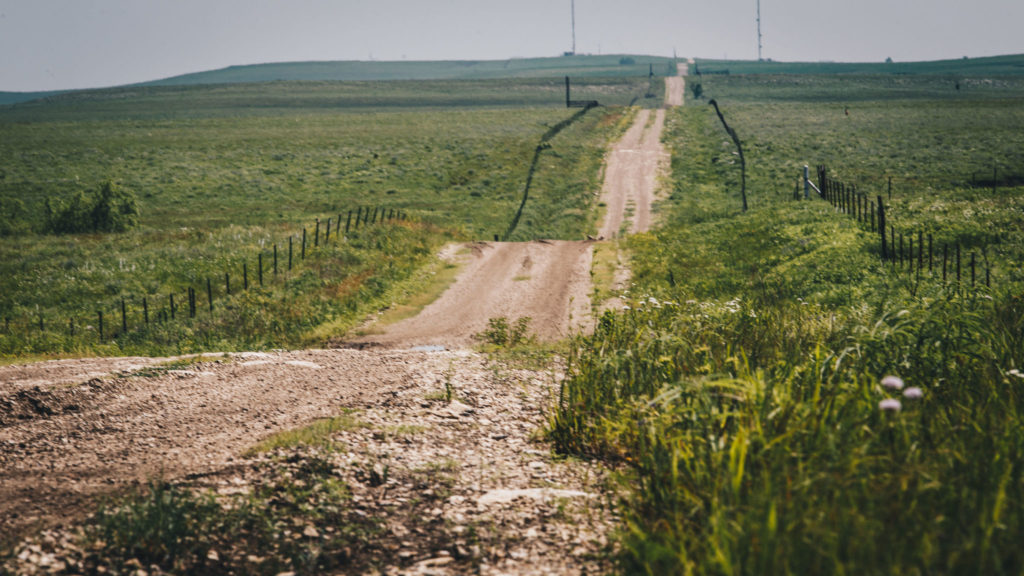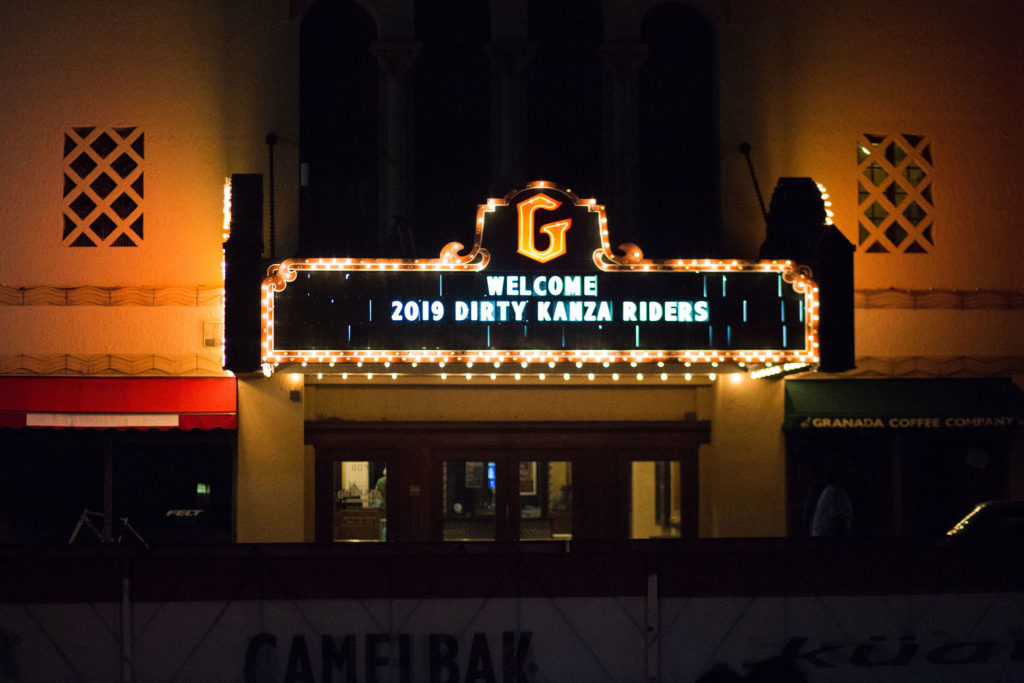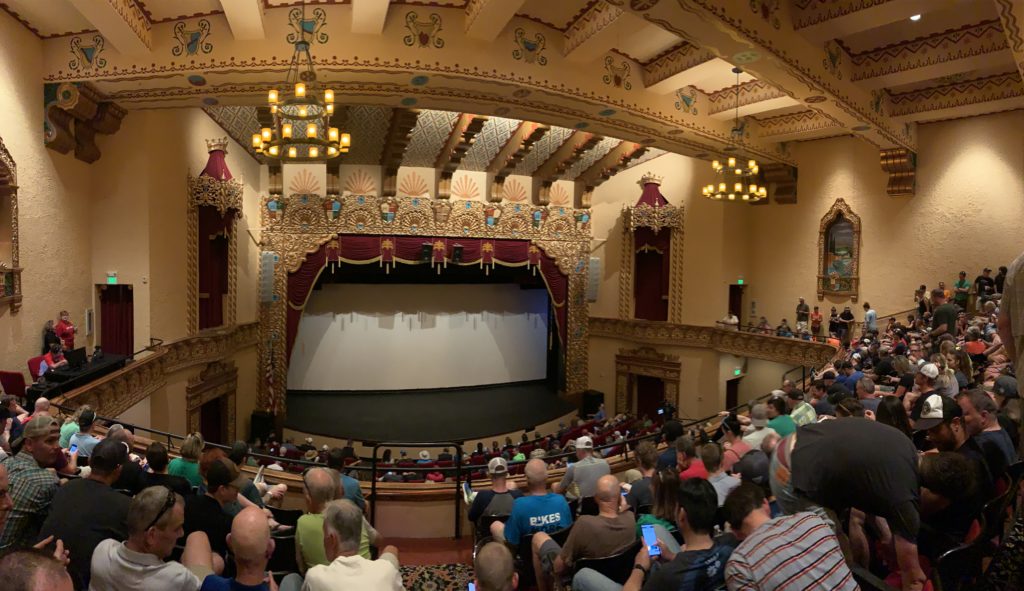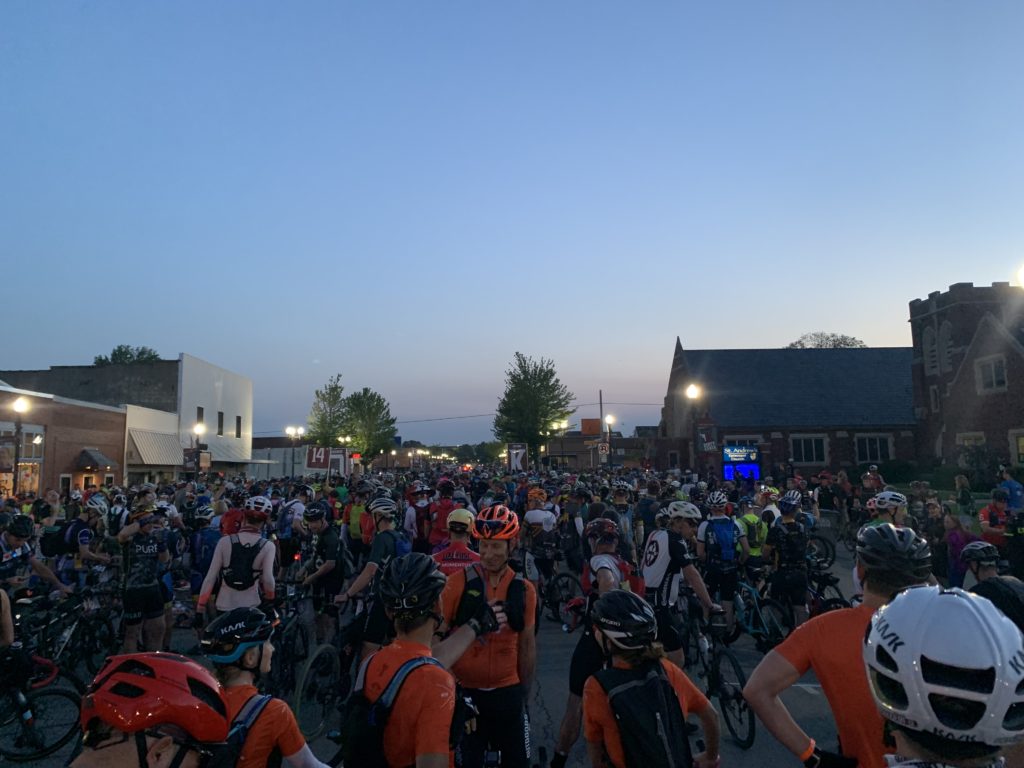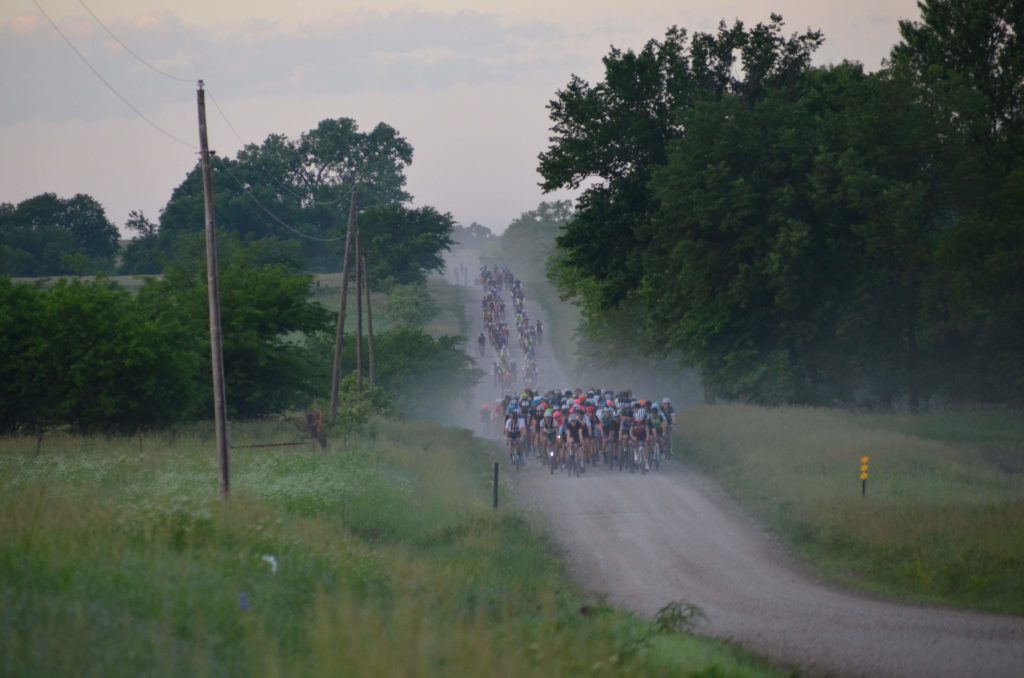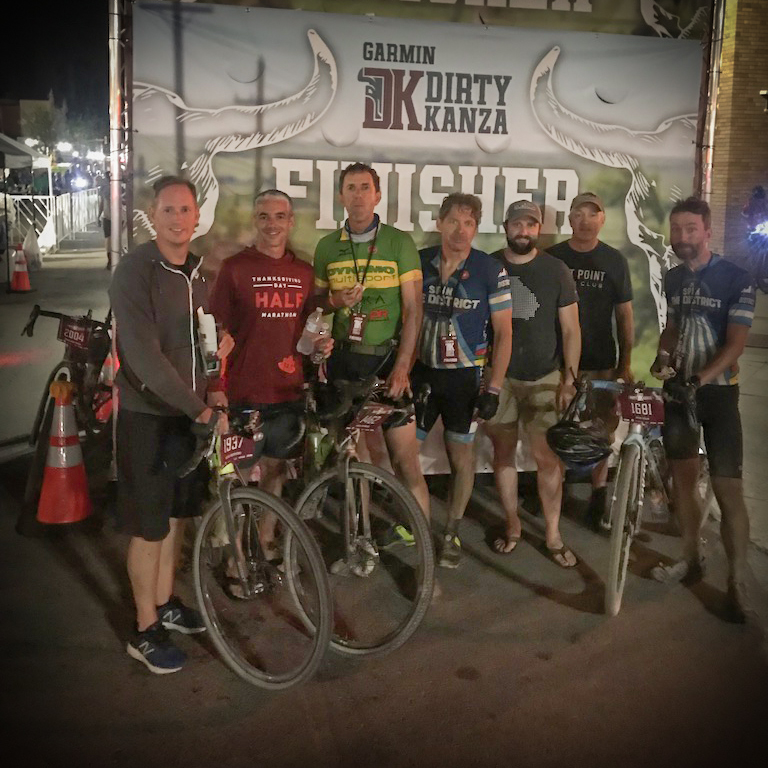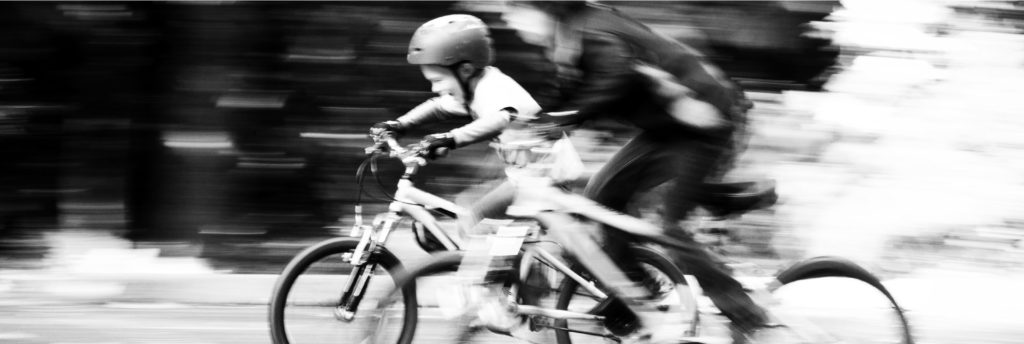
It is with sorrow and disappointment that we must announce the cancelation of all Spin the District events scheduled for the weekend of September 17–20, 2020, due to concerns over the spread of COVID-19. The Spin the District team has been hopeful that with carefully-enforced health safeguards in place, the events could proceed in some capacity in 2020. However, the latest uptick in positive tests and hospitalizations in Georgia has proven to be the final straw, as our insurer is now unable to provide the coverage that makes Spin possible.
Planning and coordinating any event on this scale requires a lot of time, resources, volunteers, and constant communication with our city partners. While September is still a few months away and we hope that the pandemic will slow significantly by then, we can no longer justify the costs and resources needed to ensure the event can meet our own high standards. Instead, we’re turning our focus toward 2021.
According to the rules of registration, there are no refunds—so we’re changing the rules. After all, no one could have predicted a worldwide pandemic. All currently registered riders now have the following options:
- Deferral. Paid and qualified riders can elect to defer their registration until the 2021 event (September 17–19, 2021).
- Donation. Paid riders will donate their original entry fee to MTB Atlanta to help build and maintain local trails.
- Refund. We are offering to refund paid entries in full, excluding processing fees.
Participants are asked to make their selections by September 1, 2020. Decisions not received by the deadline will default to the Deferral option.
For our part, we’re rolling forward what resources we can in order to come back better than ever in 2021. We plan to start strong with our Spring Criterium series in the spring, followed by our fall events next September. In the meantime, please stay safe out there, and ride on.
Please email us at info@spinthedistrict.com for questions or to request a refund.
